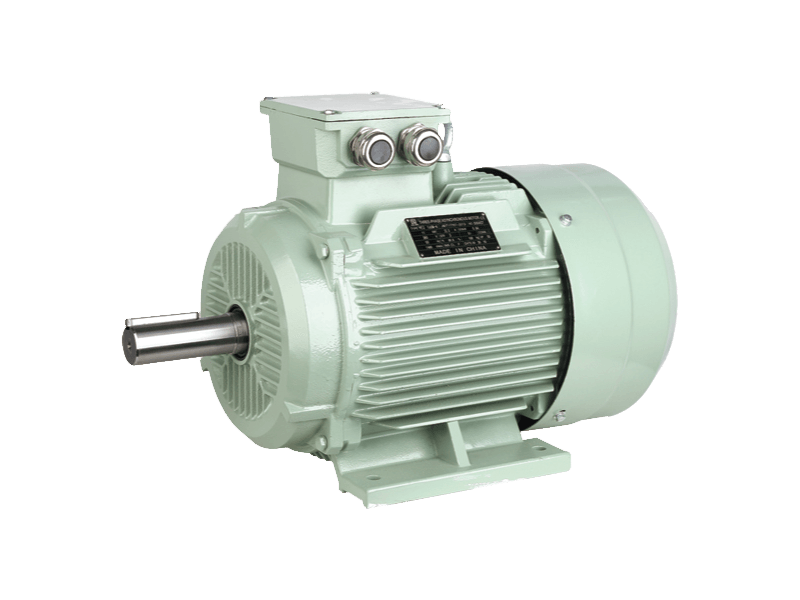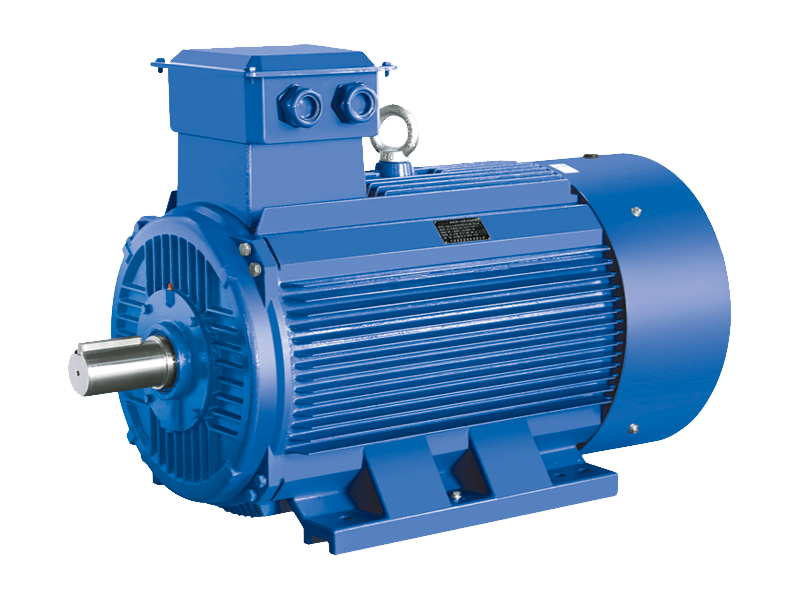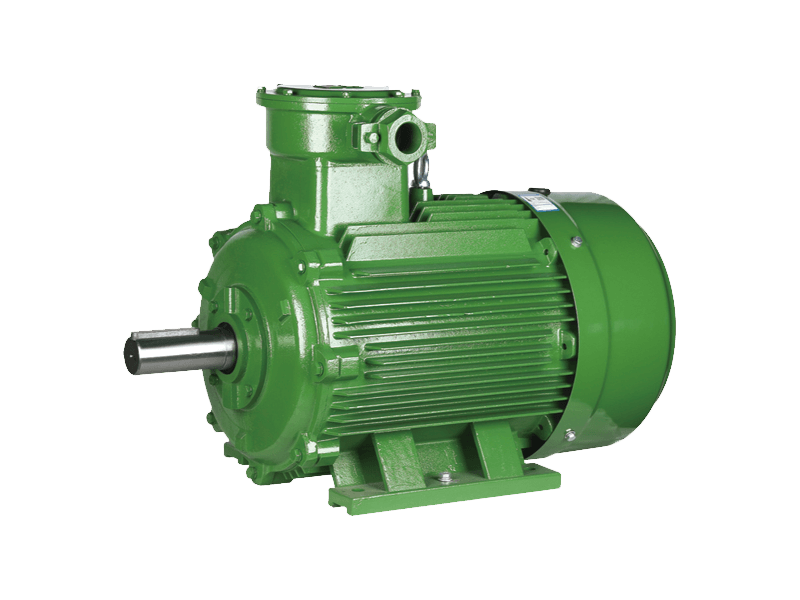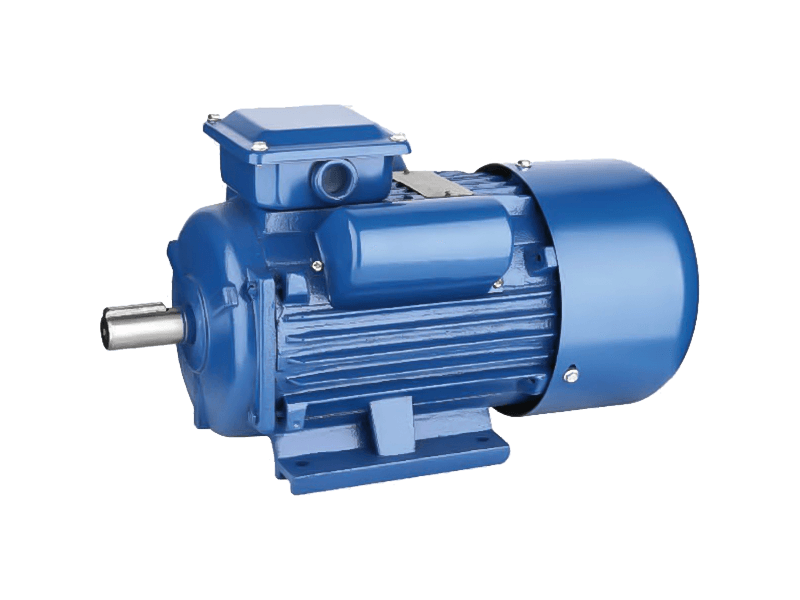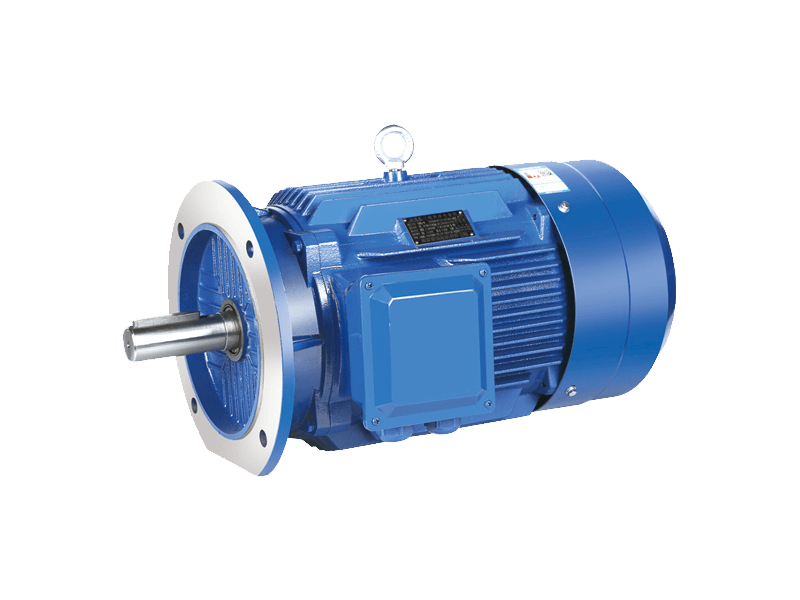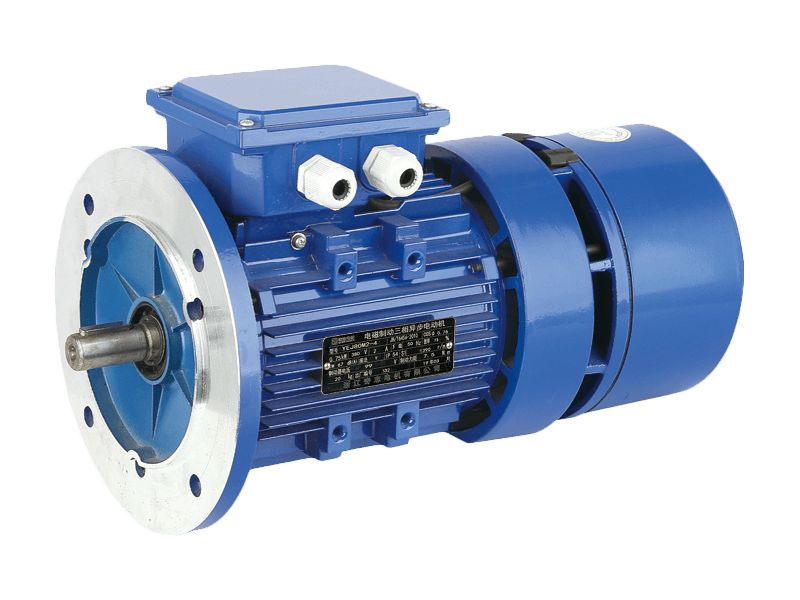In household appliances, such as fans, refrigerators, washing machines, range hoods, vacuum cleaners, etc., the working power is all single-phase AC motors. This type of motor is relatively simple, so some common faults can be repaired under amateur conditions.
1. The motor does not start after power-on
In addition to the power circuit and motor windings, most of the faults are abnormal in the starting circuit of the motor. Electric fans, exhaust fans, washing machines and other motors generally use capacitors to start operation; while refrigerators, freezers and other motors mostly use resistance to start operation. First eliminate the fault of the starting circuit and then check the fault of the motor.
If the starting circuit is normal, it may be that the internal winding of the motor is partially short-circuited or open-circuited. You can use a multimeter R×1 to measure the resistance value of each winding to judge.
For example, a refrigerator compressor motor, under normal circumstances, the starting winding resistance value is about 23Ω, and the running winding resistance value is about 10Ω. The normal resistance value of the starting and running series windings should be the sum of the two.
2. The
motor speed is slow and powerless
When the motor rotates slowly and is weak after power-on, most of the capacitor-started motors are due to insufficient capacitor capacity, serious leakage or low power supply voltage; in addition, if the aluminum bar of the squirrel cage rotor has serious defects and broken bars, especially the washing machine motor Frequent startup and alternating forward and reverse operation, the large induced current of the rotor aluminum bar is easy to break the rotor aluminum bar, which also leads to slow and weak operation.
When a crack is found in the aluminum strip, a small hole can be drilled between the cracks with a hand electric drill, and the corresponding aluminum wire strip is embedded in the hole, then knocked flat and riveted, and finally polished with a steel file and sandpaper to make it smooth. If the fracture surface of the aluminum strip is large, it can be repaired by the method of aluminum wire gas welding if possible.
3. The motor shell is charged
It is generally required that the leakage current of the motor should not be greater than 0.8mA to ensure personal safety.
The main reasons for the leakage of the motor casing are that the insulation of a lead wire in the motor is damaged and touches the casing; the partial burning of the motor winding causes leakage between the stator and the casing. It is more common to be in a high-humidity environment for a long time, which leads to the reduction of the insulation of the motor due to moisture and the electrification of the casing. At this time, a shaker can be used to measure the insulation resistance value between each winding of the motor and the casing. If it is below 2MΩ, it means that the motor has been seriously damped, and the stator winding of the motor should be baked to remove moisture.
4. The temperature rise increases when the motor is running
Under normal working conditions of various household single-phase motors, the surface temperature of the motor casing is generally about 20°C higher than the ambient temperature, and the maximum temperature rise should not be higher than 70°C. If the surface temperature of the casing rises sharply after the motor works for a few minutes, and the machine emits tar smell or even smoke, it is the motor overheating fault.
The main reasons for the overheating and temperature rise of the motor are the quality of the motor itself; the motor is in an overloaded operation state for a long time (the failure of the transmission mechanism causes the motor to have a large load); the heat dissipation condition of the motor is poor; the motor winding is partially short-circuited, etc. Among them, the most common is the short circuit between turns of the winding, and the casing can be disassembled to check the winding. If the wire package is not burnt, the stator can be re-dipped with paint for insulation treatment, and then dried. If the wire package is partially burned, only the winding wire package can be replaced.
5. The motor is noisy during operation
There are generally two reasons for the large working noise of the motor. One is the mechanical noise, mainly due to the wear of the motor bearing and lack of oil, resulting in hard friction noise. Grease can be added after cleaning to reduce noise. When the rotor shaft and the bearing are loose or the end cover is loose, it will also cause the motor to generate axial movement and make noise when it rotates. There are also some motors with poor assembly quality, the bearing chamber is not concentric, the radial clearance of the motor is uneven, etc., which will cause abnormal noise. In this regard, as long as the outer cover and the rear inner cover are removed, the rotor and the stator seat are taken out, and the central shaft of the inner cover is re-riveted for emergency repair.
In addition, some shaded-pole motors have loose short-circuit rings or loose iron cores to generate electromagnetic noise, which should be clamped.

